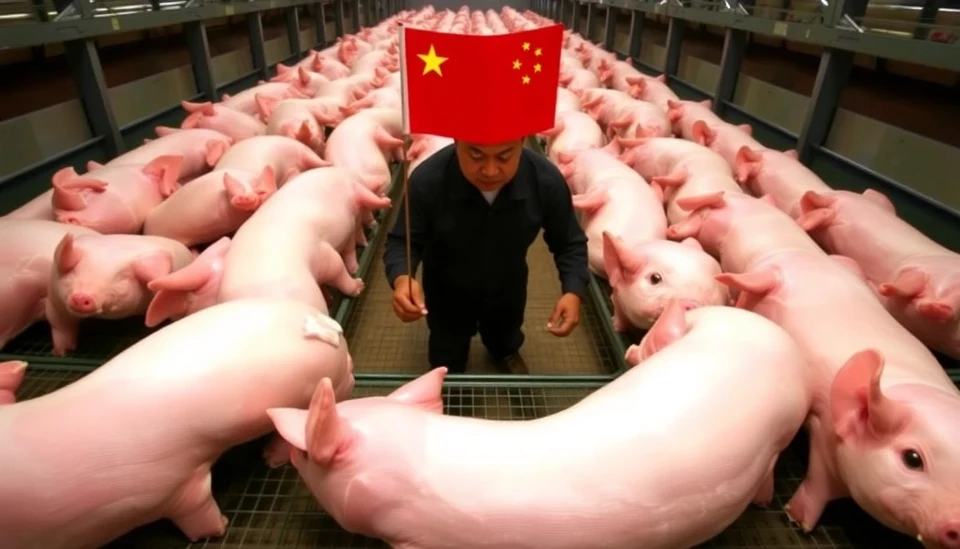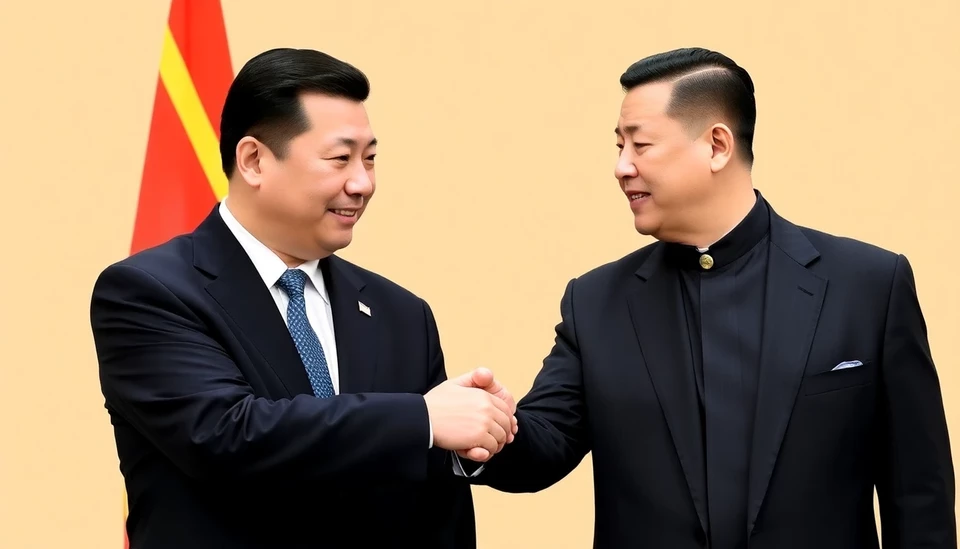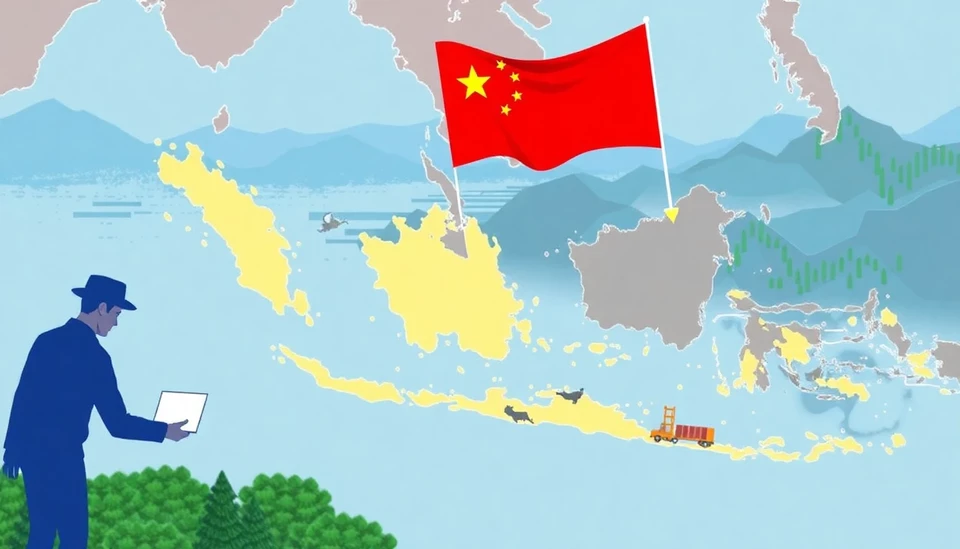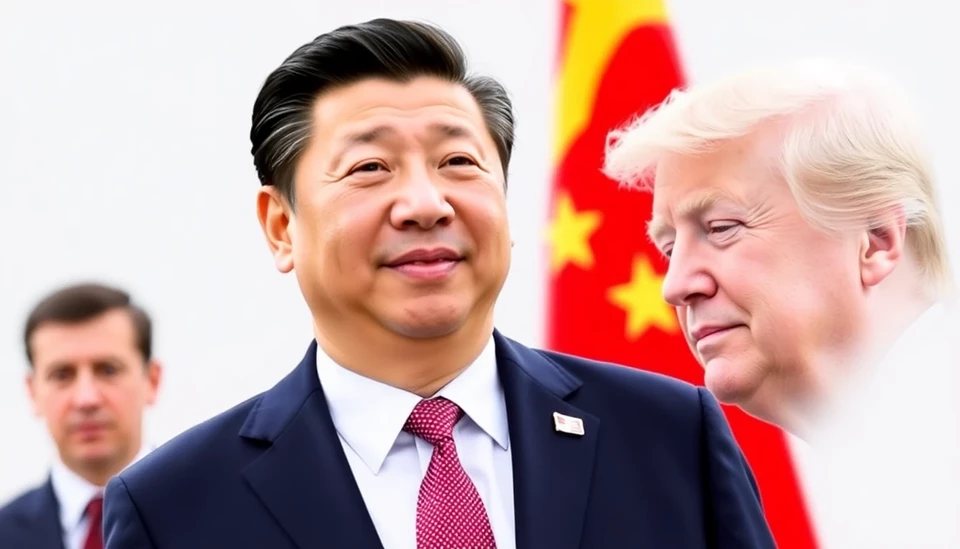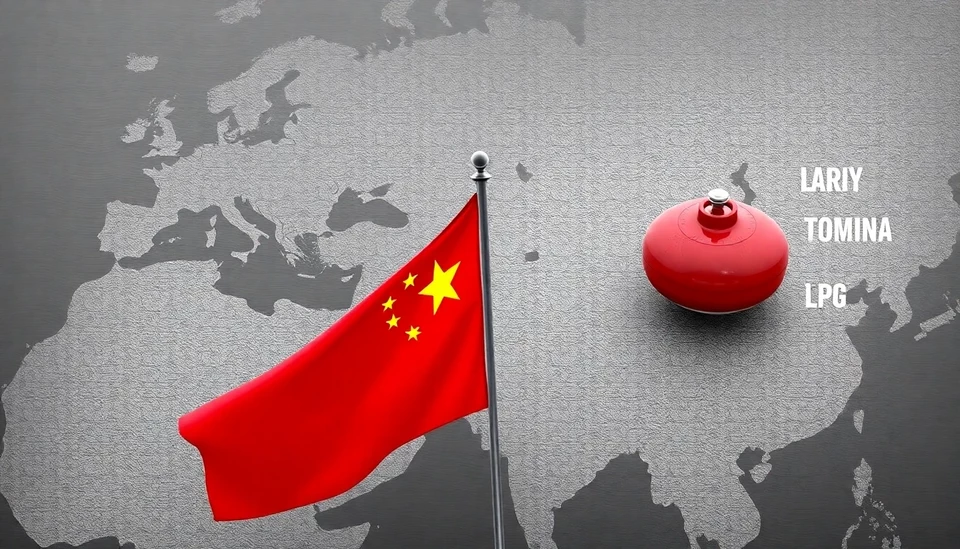
In a significant move to diversify its energy imports, China is increasingly turning to liquefied petroleum gas (LPG) from the Middle East, a response to the high tariffs imposed on U.S. imports. This strategic pivot underscores China's commitment to stabilizing its energy supplies amidst ongoing trade tensions and fluctuations in the global market.
Chinese state-owned enterprises and major private companies have been ramping up their purchases from key suppliers in the Middle East. Countries such as Qatar, Saudi Arabia, and the United Arab Emirates have emerged as crucial players, providing the required volumes of LPG that China seeks to secure for its growing energy demands. The shift signifies not just a reliance on regional suppliers but also a broader geopolitical strategy aimed at strengthening ties with Middle Eastern nations.
With the U.S. tariffs affecting LPG imports, this move is pivotal for Chinese importers who are grappling with increased costs for energy commodities. The recent decisions align with China's broader energy policy, which aims to reduce dependence on any single source of supply. By engaging with Middle Eastern producers, China not only safeguards its energy needs but also positions itself to benefit from potentially more favorable pricing and contract conditions.
Industry analysts note that while the United States had previously been a leading source of LPG for China, the recent tariff escalations have created a rift in this relationship. This has prompted Chinese importers to seek alternative sources, stirring the competitive landscape among global LPG suppliers. As a result, we can expect increased investments in logistics and infrastructure geared towards enhancing the supply chain to facilitate these imports from the Middle East.
This transition also coincides with China’s ongoing efforts to pivot towards cleaner fuel alternatives, making LPG an attractive option given its lower emissions profile compared to other fossil fuels. The government's push for cleaner energy sources aligns with its long-term environmental goals and initiatives to reduce carbon footprints across its industrial sectors.
In response to this evolving landscape, Middle Eastern suppliers are likely to capitalize on China's increasing appetite for LPG, potentially leading to new trade agreements and enhanced collaboration. This shift could also result in strategic partnerships that extend beyond mere energy transactions, influencing economic ties and diplomatic relations between China and major producers in the Gulf region.
As the global energy market continues to adapt to the changing trade dynamics, Beijing's focus on securing stable and diverse energy sources will remain a top priority. The implications of this strategy may resonate well beyond immediate energy needs, reflecting deeper trends and changes in international trade relationships in response to economic pressures and geopolitical developments.
In conclusion, China's strategic pivot to Middle Eastern LPG represents a critical adaptation to the challenges posed by U.S. tariffs. This move highlights the growing importance of regional suppliers and the need for greater flexibility in meeting energy demands, positioning China for a more resilient future in the global energy landscape.
#China #LPG #Middle #East #Energy #Tariffs #Trade #Relations
Author: Victoria Adams
